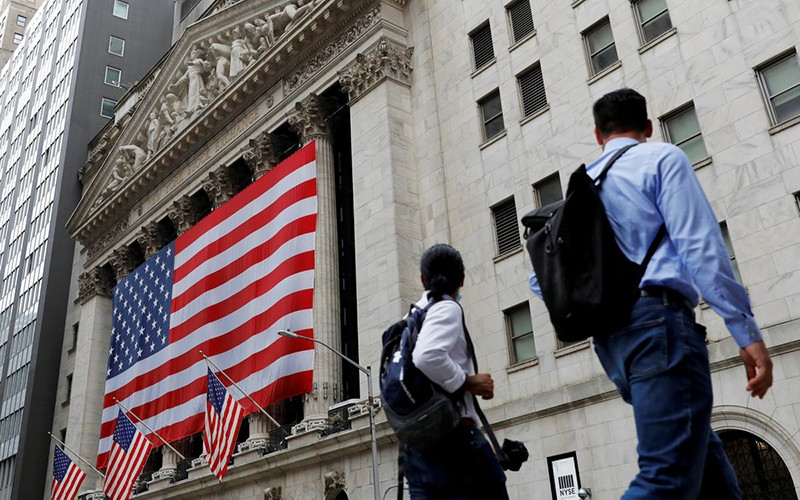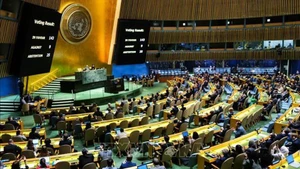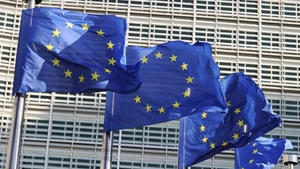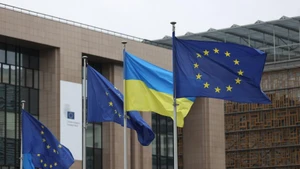In its latest assessment, the IMF forecasts that the US GDP will grow by 2.9% in 2022, lower than the 3.7% given in April. The IMF also lowered its forecast for US economic growth from 2.3% to 1.7% in 2023, and saidthat the country’s growth rate will slow down to only 0.8% in 2024.
According to IMF Managing Director Kristalina Georgieva, the US economy continues to recover from the pandemic, but “major shocks” from the conflict in Ukraine as well as China’s implementation of blockadesto prevent the pandemic are affecting the growth rate of the economy. Georgieva warned that further negative shocks could cause greater difficulty for the US economy in the future.
Meanwhile, the US media and economic experts recently made more pessimistic forecasts about the US economic outlook. The Wall Street Journal has just cited the results of a survey of leading economists, saying that the probability of the US falling into a recession next year is about 44%. Former Secretary of the Treasury Larry Summers recently told NBC’s “Meet the Press” that, based on historical trends, the US economy is likely to slip into a recession by the end of 2022. According toWall Street Journal, more than half of Americans say the economy has already slipped into recession as inflation hit a 40-year high in May 2022 and gas prices have doubled.
The fear of the US economy falling into a recession is “shadowing” the global economic outlook and statistics in many economies also show that difficulties are increasing. According to the latest report, the operation indexes of manufacturing plants in Japan, the UK, the Eurozone and the US all slowed down in June. In the US alone, manufacturers have recorded decreases in the number of new orders for the first time ever during the past twoyears due to the decline in confidence of consumers and businesses.
Specifically, the purchasing managers index (PMI) fell from 53.6 points in May to 51.2 points in June and this is the lowest growth rate in the past five months. Meanwhile, the countries in the EU appear to be entering a period of stagnant inflation with prices of goods and services expected to remain high. The Eurozone has about a 33% chance of falling into recession within 12 months. Economists also say that the record inflation of 8.1 percent that Europe reported last month is still far from peaking.
Commenting on the world economic outlook in the coming months, most analysts are quite pessimistic. Moody’s Analytics, the financial services branch of the world’s leading credit rating agency, recently published an analysis stating that the volatility of the global commodity market and risky trading environment can lead to higher inflation in 2022.
The Governor of Indonesia’s Central Bank said at a regular press conference in Jakarta that the global economy is facing the risk of inflation. Many countries have been negatively impacted by supply chain disruptions and the growing food crisis. Three causes of the current “tragedy” include the conflict between Russia and Ukraine disrupting energy and food supply chains, the tightening monetary policy by the US and Europeancountries to prevent inflation, and the risk of recession of the Chinese economy due to the impact of the COVID-19 pandemic.
In above context, the concern about the US economic recession has spread rapidly, darkening the global economic picture. Inflation in the US spiked to 8.6% in May. To prevent the “price storm” from causing macroeconomic instability and difficulties for people’s lives, the US Federal Reserve (FED) raised interest rates by 0.75 percentage points, the highest increase since 1994. Analysts are concerned that raising interest rates may not be enough to quickly end the “inflation disease”. In order to curb inflation to an acceptable level, the FEDmay also have to raise interest rates, and this may slow down economic activity.
The US financial leaders are confident that the US economy has a fairly solid foundation so that the recession may not happen or it will happen in a mild and short-lived manner. However, even if the US gets out of an economic recession, the FED’s interest rate hike and the slowdown in the growth momentum of the world’s number one economy will create many consequences for economies across the world.
















